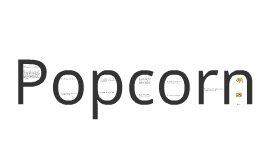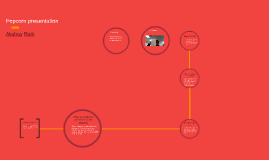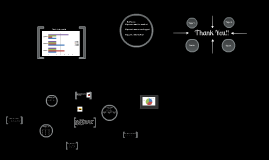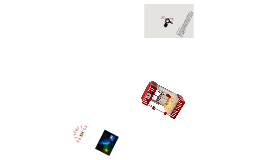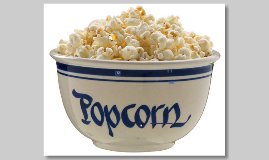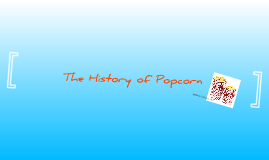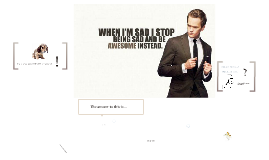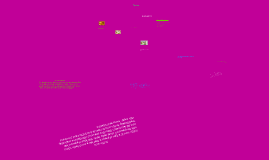Popcorn
Transcript: Popcorn Science was never more interesting Invented by Percy Spencer in the mid 1940s after he invented the microwave Popcorn and the Movies - Origins At first theater owners hated popcorn. It made a mess in their theaters. They felt it distracted from the movie experience. At this time, popcorn was sold primarily by street vendors, who would push their popcorn carts around and sell popcorn to people walking down the sidewalks. Movie theaters were attractive places for these street vendors because they could count on crowds of people at regular intervals. Popcorn Comes Inside In 1925 Charles Manley, an inventor from Butte, Montana, perfected the first electric popcorn machine. He marketed the machine to movie theater owners, and one of the most successful combinations in culinary history was born. During the Great Depression, a nickel bag of popcorn was one of the few treats people could afford. Unlike many other confections, sales of popcorn increased during the Great Depression. The main reasons were that it was filling, cheap and tasty - in a way like the movies of that era. A night at the movies was about the cheapest entertainment a family could buy, and popcorn went right along with that. Some theater owners actually lowered ticket prices when they installed their popcorn machines and saw profits go through the roof. The Endurance of Popcorn Once established, popcorn became an integral part of the movie experience. In the 1950's the amount of money made from popcorn exceeded the amount made from movies themselves. Popcorn had arrived. As television emerged, people continued the association between watching images on a screen and eating popcorn. In the 1970s and '80s, the simultaneous rise of VCR's and microwave ovens further contributed to the link between watching movies and eating popcorn, as microwave popcorn became a quick, clean way to cook popcorn while watching a movie at home. - The 'net' question Corny Facts Americans consume some 16 billion quarts of this whole grain, good-for-you treat. That’s 51 quarts per man, woman, and child. Compared to most snack foods, popcorn is low in calories. Air-popped popcorn has only 31 calories per cup. Oil-popped is only 55 per cup. (Calculate a percentage for the lesser amount of calories in air-popped popcorn as compared to oil-popped) Popcorn is a type of maize (or corn), a member of the grass family, and is scientifically known as Zea mays everta. Of the 6 types of maize/corn—pod, sweet, flour, dent, flint, and popcorn—only popcorn pops. Popcorn is a whole grain. It is made up of three components: the germ, inner tissue, and pericarp (also know as the hull) Popcorn needs between 13.5-14% moisture to pop. Popcorn differs from other types of maize/corn in that is has a thicker pericarp/hull. The hull allows pressure from the heated water to build and eventually bursts open. (physics) The inside starch (biology) becomes gelatinous while being heated; when the hull bursts, the gelatinized starch spills out and cools, giving it its familiar popcorn shape. Most U.S. popcorn is grown in the Midwest, primarily in Indiana, Nebraska, Ohio, Illinois, Iowa, Kentucky and Missouri. Many people believe the acres of corn they see in the Midwest during growing season could be picked and eaten for dinner, or dried and popped. In fact, those acres are typically field corn, which is used largely for livestock feed, and differs from both sweet corn and popcorn. The peak period for popcorn sales for home consumption is in the fall. Most popcorn comes in two basic shapes when it's popped: snowflake and mushroom. Snowflake is used in movie theaters and ballparks because it looks and pops bigger. Mushroom is used for candy confections because it doesn't crumble. Popping popcorn is one of the number one uses for microwave ovens. Most microwave ovens have a "popcorn" control button. "Probability" is popcorn lingo that refers to the percentage of kernels that pop. There is no such thing as “hull-less” popcorn. All popcorn needs a hull in order to pop. Some varieties of popcorn have been bred so the hull shatters upon popping, making it appear to be hull-less. How high popcorn kernels can pop? Up to 3 feet in the air. The world’s largest popcorn ball was created by volunteers in Sac City, Iowa in February, 2009. It weighed 5,000 lbs., stood over 8 ft. tall, and measured 28.8 ft. in circumference. If you made a trail of popcorn from New York City to Los Angeles, you would need more than 352,028,160 popped kernels! When? A microwave oven cooks by creating microwaves, a form of light or electromagnetic radiation. These are produced on the right hand side of the oven and are sent into the main oven. They reflect back and forth creating a standing wave. Artificial Selection Disadvantage: Loss of Variety Selective breeding often requires inbreeding of animals and plants. This decreases genetic variety in the gene pool. As genetic variety is lost, the organisms express similar






